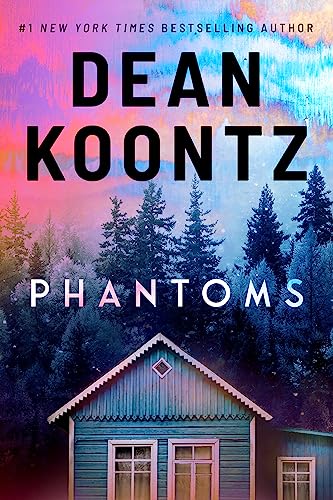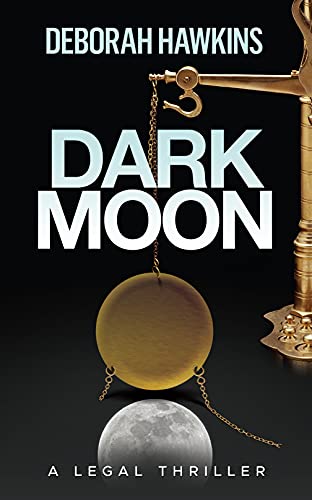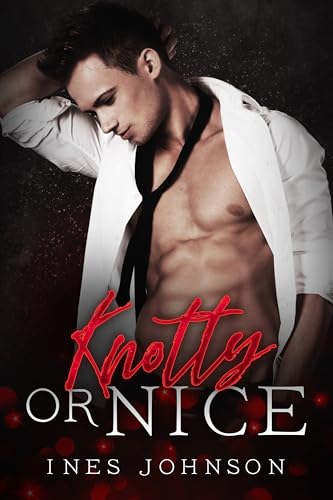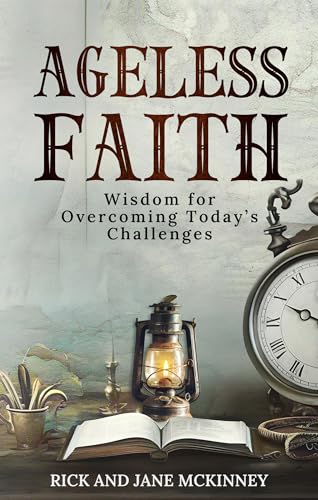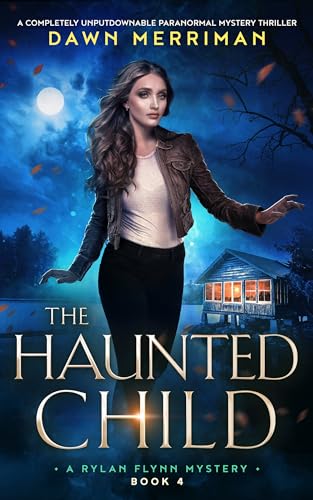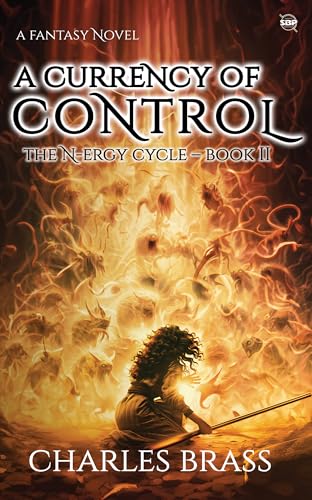Just in time for the 150th anniversary of the Civil War, “Maryland In The Civil War” answers the need for a compact and accurate history of this tragic and heroic era. These four essays explore famous battles on Maryland soil such as Antietam, and little known episodes such as Maryland’s invasion of the Eastern Shore counties of Virginia, followed by the military occupation of Delaware!
The first essay, “The Setting, 1859-1860,” explores the Southern sympathies of the Eastern Shore, and slavery as an institution here. We trace the contributions and legacy of Eastern Shore natives Harriet Tubman and Frederick Douglass.
The second essay, “The Crisis, 1861,” concentrates on the efforts of Governor Hicks to keep Maryland in the Union. It is a thrilling story and a surprising one, for Hicks, a Dorchester County farmer who had been elected thanks to the Know-Nothing (American) Party nomination in 1857, soon found himself fighting the grand issues of the day with a General Assembly that was controlled by Southern Democrats. The pressures to at least convene a legislative convention to consider the secession issue – as Virginia was doing at the same time – caused enormous pressure. And the Pratt Street Riots of April 19, 1861, when federal troops passing through Baltimore ran into a rioting gang of outraged civilians, caused emotions to run at fever pitch.
Hicks’s nightmare came about, as Maryland became a “Battlefield, 1861-1863,” the third essay. Here, I hope that readers will take their Kindles with them to the battlefields of Antietam, South Mountain, and Monocacy, follow the narrative, and ponder over the sacrifices made on those battlefields. Antietam still holds the doleful record of the greatest American casualties ever sustained in one day.
In the fourth essay, “Last Rolls of the Dice, 1864-1865,” we follow the desperate gamble of General Jubal Early, CSA, to capture Washington. And of course, the path of deluded actor John Wilkes Booth is treated here, both the assassination of Lincoln, and the strange episode of Dr. Samuel Mudd, of Bryantown in Southern Maryland, who treated the injured Booth and just missed the death penalty at his ensuing trial.
Since Marylanders fought on both sides, neither should be forgotten. The Maryland Memorial at Gettysburg, seen on the cover of this e-book, portrays the scene, two wounded soldiers, USA and CSA, helping each other as they limp along. For a conflict that pitted brothers against each other, sometimes literally, that symbol of coming together is a worthy one, as Americans still ponder the past, and its lessons for the present.
“Maryland in the Civil War” eBook for techies with civil war buffs – Washington Times Review
I have enjoyed writing about wine, and diplomacy. But one night, when I was on duty in  the Executive Secretariat of the State Department,I wondered why there had been no diplomatic sleuths. Career diplomats see so many sources of information, that the connection of diplomacy and crime solving seemed natural.
the Executive Secretariat of the State Department,I wondered why there had been no diplomatic sleuths. Career diplomats see so many sources of information, that the connection of diplomacy and crime solving seemed natural.
And so, on retiring after service at five diplomatic missions abroad, and a number of Washington assignments, I created a new mystery genre, the “diplomatic mystery.”
There are now four novels in the series, with Robbie Cutler, a career diplomat, as the protagonist.
In “Vintage Murder,” set in Bordeaux, leaders of the Basque terrorist group ETA attempt to blackmail the great Bordeaux wine estates, as Robbie Cutler, assigned to the Bordeaux Consulate General, and his girlfriend Sylvie Marceau, race against time to uncover the terrorist plot.
In “Murder On The Danube,” Robbie Cutler is transferred to our Embassy in Budapest, where an old crime, treachery during the 1956 Revolution, is the motive for current murders.
In “Murder In Dordogne,” Robbie and Sylvie are on their honeymoon – while murderers attempt to crash the festivities. And now in “The Saladin Affair,” Robbie Cutler is Special Assistant to the Secretary of State, whose initial trip to European gives rise to an Al Qaeda murder plot. And that Elizabethan desk in the residence of our Ambassador in Dublin – can it really contain documents hidden since the time of Shakespeare?

